


The Tokyo Stock Exchange has witnessed key developments, including expanded offerings like active exchange traded funds (ETFs), and the rapid growth of Japan's ETF market - now the largest in the Asia-Pacific region.
A series of presentations and discussions on this topic, and many more, were held on November 19, 2024, with the theme Unlocking ETF Potential in Japan and Asia.
The event, hosted by the Japan Exchange Group (JPX) and the Japan External Trade Organization (JETRO) in partnership with Nikkei Group Asia, offered insights from industry leaders on the benefits of Japan-listed ETFs, including tax efficiency and low fees, alongside challenges such as regulatory restrictions on active ETFs.



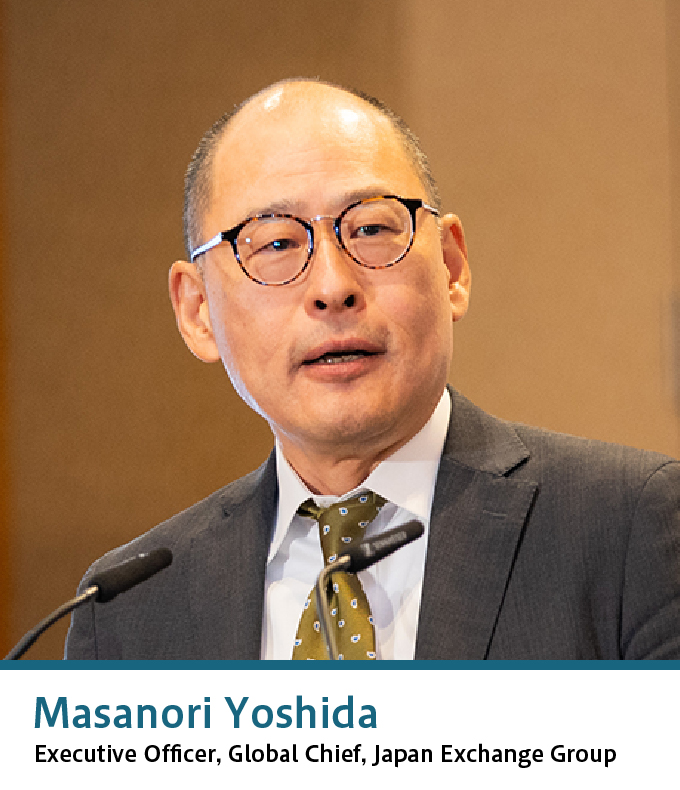
In his opening speech, Masanori Yoshida, Executive Officer, Global Chief of Japan Exchange Group (JPX), highlighted that Japan is increasingly seen as an attractive destination for investments, driven by rising inflation expectations and positive interest rates. These factors are prompting both households and corporations to move away from holding cash and instead channeling funds into productive investments.
The Tokyo Stock Exchange (TSE), Yoshida explained, plays a pivotal role in this transformation, offering a diverse range of products, including Japanese and foreign stocks, bonds, REITs, and the recently introduced active ETFs. With these developments, Japan’s capital markets are positioned for further growth and innovation.
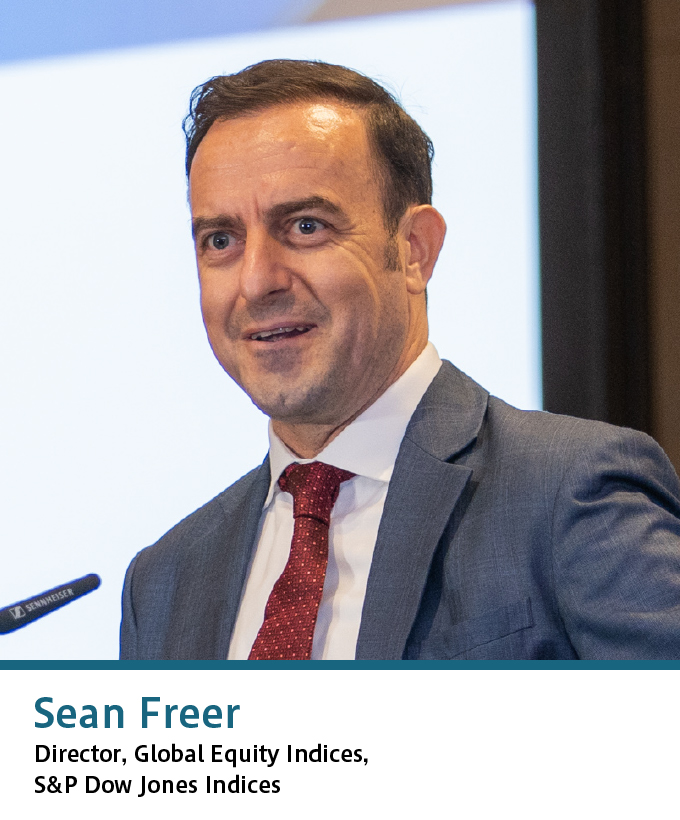
S&P Dow Jones Indices, a global leader in financial benchmarking that oversees a vast array of indices, many of which are co-branded with stock exchanges worldwide, announced that it is set to launch the S&P/JPX Prime Market 250 index ― its latest linkup with the JPX.
Sean Freer, director of Global Equity Indices at S&P Dow Jones Indices, explained that the index features 250 large- and mid-cap constituents, representing nearly 85% of the market capitalization of TSE Prime Market listings.
“The index is designed for offshore investors and products as it considers foreign ownership restrictions in its float calculations, and those are then factored into the index weighting,” he said.
This represents the latest in a long-standing partnership between S&P Dow Jones and Japan Exchange Group that began in 1999 and includes a range of index franchises, such as Dividend and ESG-oriented indices, Freer explained.
Notably, exchange-traded products linked to S&P/JPX indices now hold more than $1 billion in assets, with further institutional investment linked to the index suite beyond ETFs.
S&P Dow Jones Indices is the largest index provider in the world by assets invested - with more than $16 trillion in products directly tracking its indices and approximately $285 trillion in index-equivalent trading volumes.
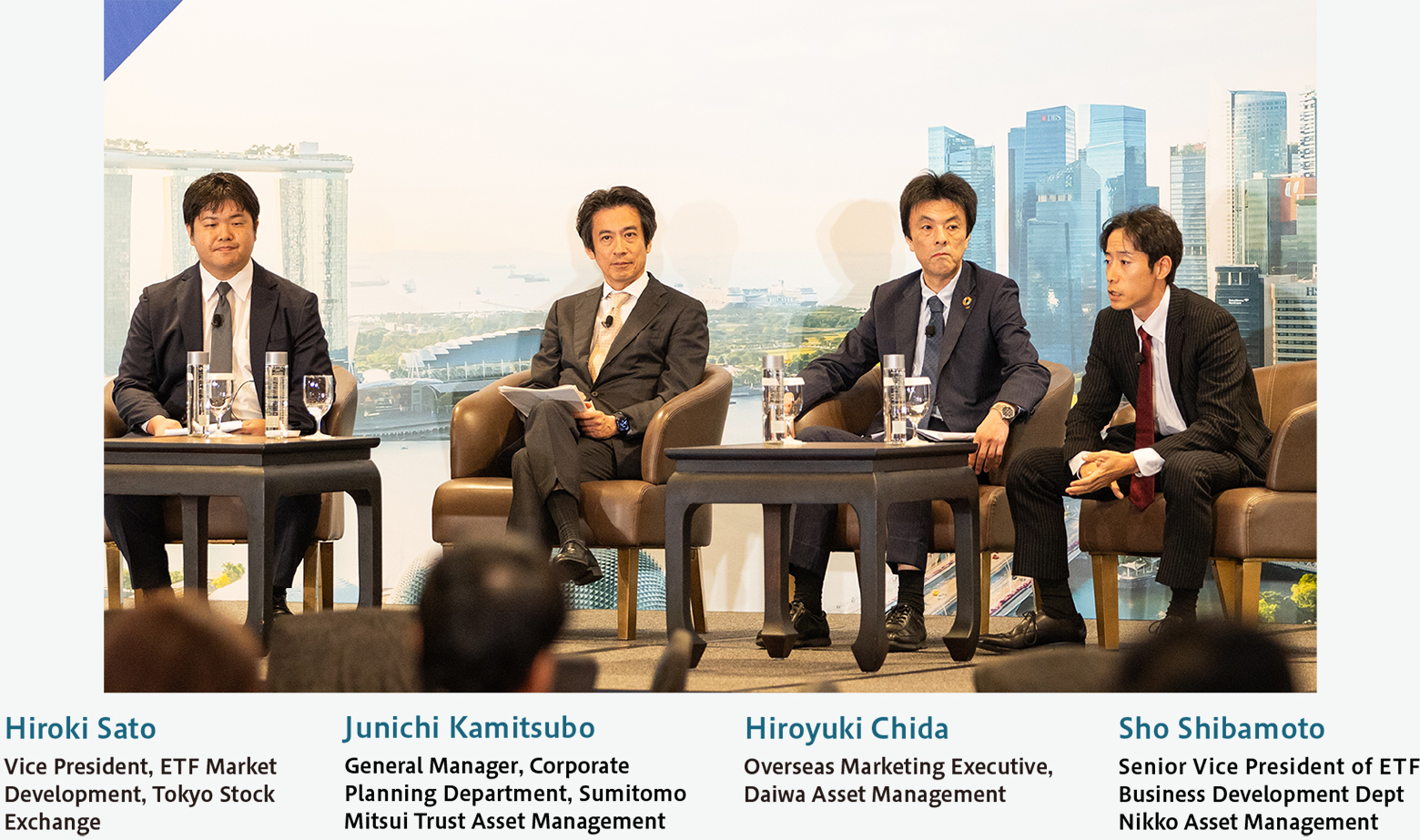
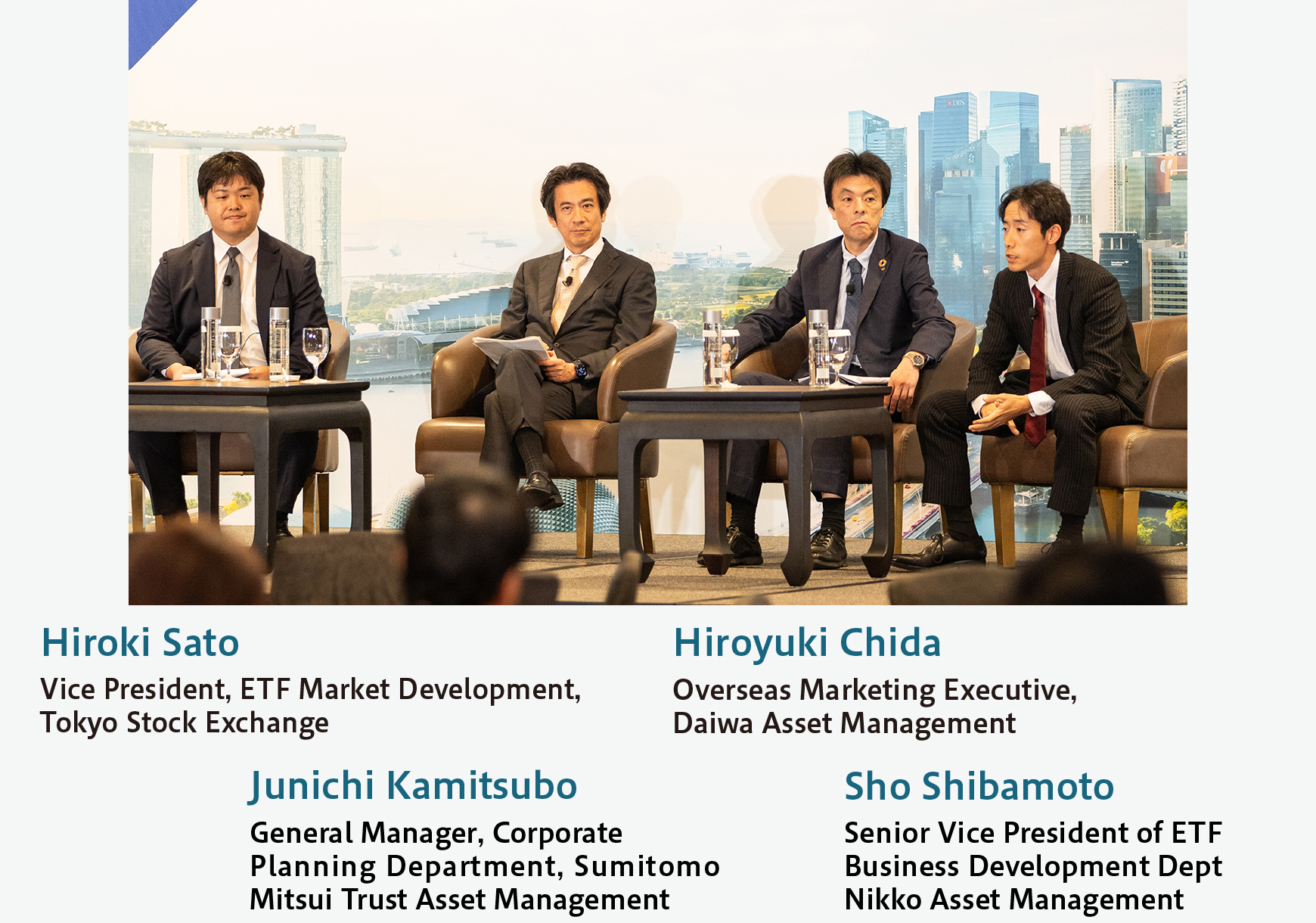

Japan’s ETF market has been growing rapidly over the past four years, doubling in both size and number of ETFs. Now, it counts as the largest ETF market across the Asia-Pacific region with assets reaching more than $6 trillion in total.
These points emerged as the main talking points in a panel discussion on the rise of Japan-listed ETFs.
According to Sho Shibamoto of Nikko Asset Management, among the reasons for the surge in popularity of Japan-listed ETFs is the lower likelihood of tracking error as Japan’s underlying equity and its ETFs are traded in the same time zone. Additionally, Japan-listed ETFs offer attractive pricing due to the tough competition in the market that drives downward pressure on fees. Finally, there is also the appeal of tax efficiency that comes with using Japanese ETFs.
“In short, if you use Japan-listed Japan equity ETFs, you only face a single layer of tax, but if you use foreign-listed Japan equity ETFs, you will face double layers of tax,” he said.
Junichi Kamitsubo of Sumitomo Mitsui Trust Asset Management said that of the 13 active ETFs currently in the market, most are Japanese equity products, with thematic and high-dividend ETFs being the mainstream. This is partly because Japanese asset managers want to launch flagship products based on Japanese equity.
Another major reason for this, he argues, is the fact that active ETFs are subject to restrictive conditions. However, he understands that there are discussions underway to relax the restrictions on the prohibition of investment in derivative transactions and the requirement of daily disclosure of the portfolio. If this is realized, products that incorporate derivatives, products that increase income, and protection products will become available in the market.
“I expect that by relaxing the disclosure conditions, more cutting-edge active management products will appear,” Kamitsubo said.
As far as the profile of investors is concerned, Hiroyuki Chida of Daiwa Asset Management said that the majority of investors in Japan-listed ETFs are domestic investors. Foreign investors remain overly cautious in their investment approach at present due to things like the Bank of Japan (BOJ) rate increase. However, the current state may hold the market in good state going forward.
“Since domestic investors are now absorbing the selling pressure by foreign investors, we believe that the return of foreign investors to the Japanese stock market will lead to the highest price in the future,” he said.
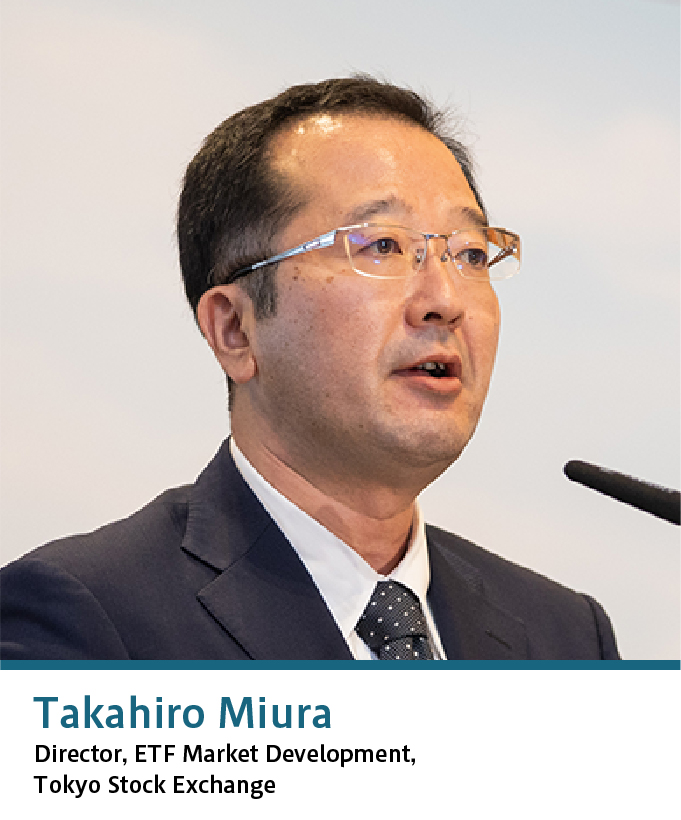
Japan’s ETF market is experiencing growth driven by two major trends, according to Takahiro Miura, ETF Market Development Director at the Tokyo Stock Exchange (TSE), in his presentation.
The first trend, he explained, was that high-dividend strategies have gained popularity, with assets under management (AUM) reaching ¥820 billion ($5.7 billion) as of September 2024. Secondly, semiconductor-focused ETFs are on the rise, reflecting global industry demand, with an AUM of ¥82 billion ($570 million). The market’s diversity continues to expand, with 34 new ETFs listed by the end of September 2024, he said.
Significant initiatives by the TSE to further support this growth are the introduction of market-making schemes implemented in 2018 and the development of an RFQ (request-for-quote) platform, CONNEQTOR, introduced in 2021. These schemes have boosted trading activity and reduced transaction costs through increased competition among market makers.
“Importantly, not only do we just create the scheme, we have also been focusing on attracting new market makers,” he said.
Currently, 11 market makers are actively participating, enhancing liquidity and ensuring better pricing for investors. These developments highlight Japan’s commitment to fostering a dynamic and accessible ETF market.
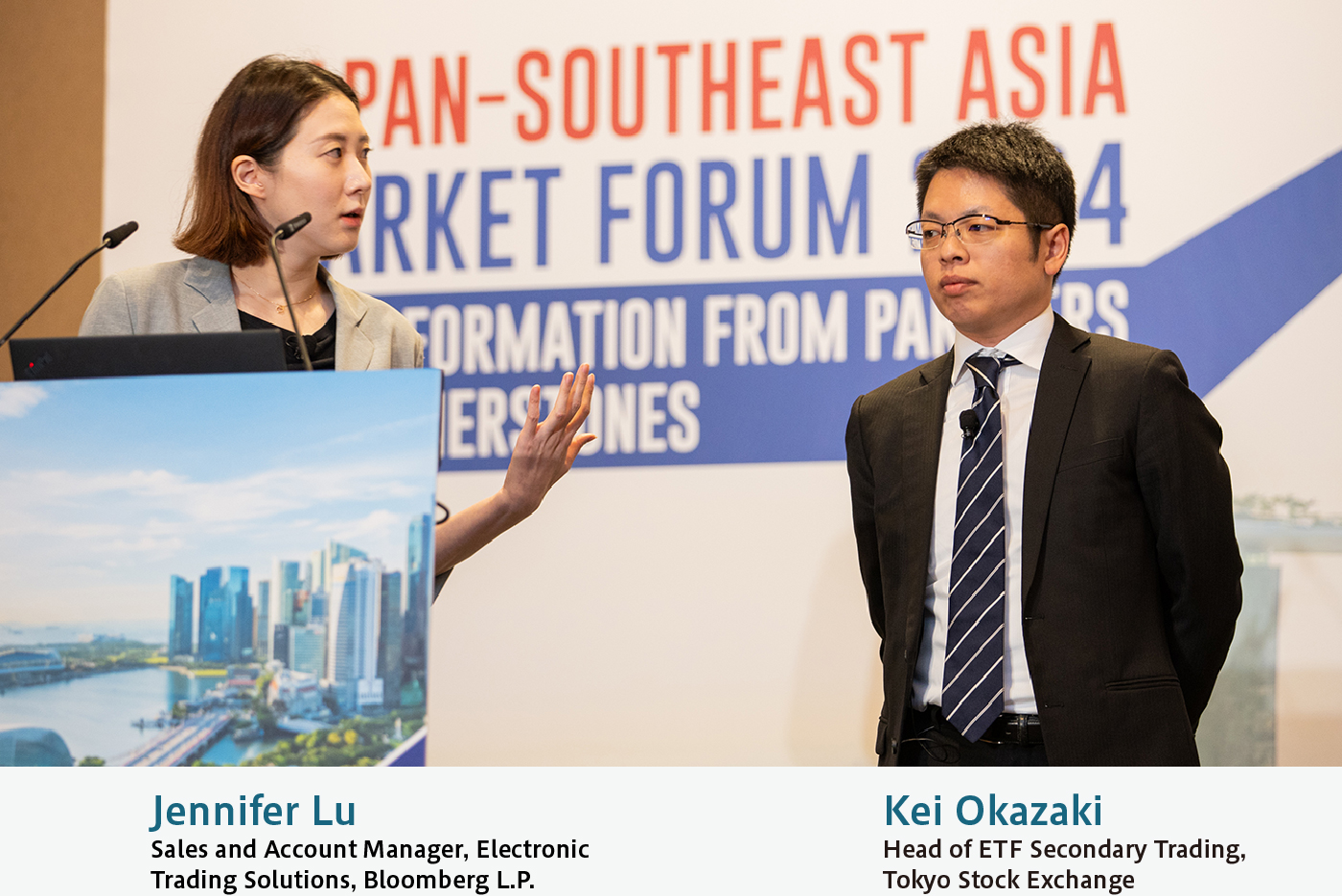
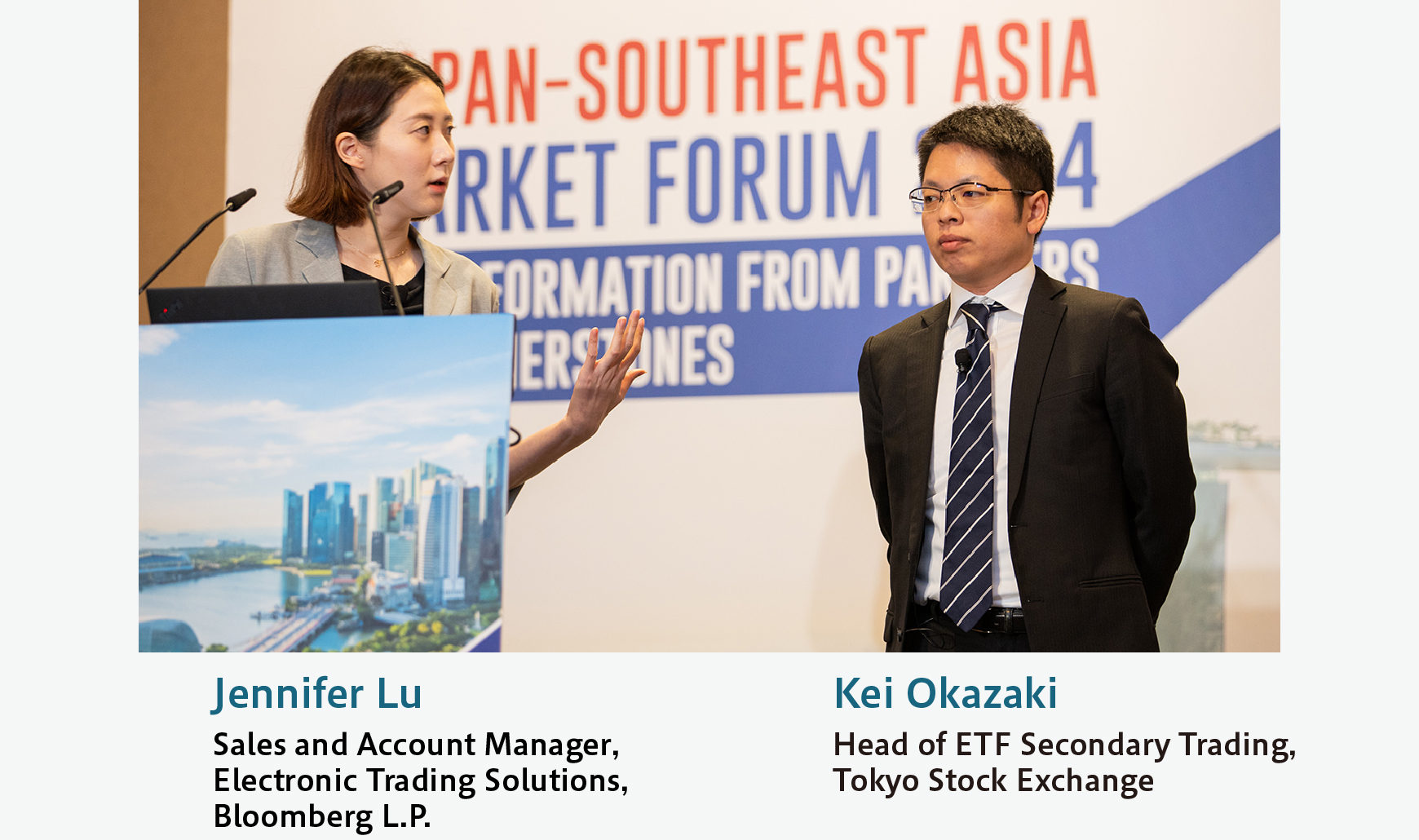

Bloomberg’s execution management solution for listed products, EMSX, is now integrated with CONNEQTOR, TSE’s RFQ platform, as announced by Bloomberg’s Jennifer Lu in one of the presentation sessions of the day.
Lu, along with Kei Okazaki from the Tokyo Stock Exchange, gave the audience a live demonstration of the RFQ transmission process between the two platforms.
Through this collaboration, Bloomberg terminal users that usually route orders to their brokers will actually be able to route the orders directly to CONNEQTOR with relative ease.
“This integration provides a streamlined and efficient workflow for the trading of Japanese ETF through EMSX,” Lu says.
While this capability currently caters only to Japanese users, it will soon be available for international users too.
“You are seeing it in the Japanese version, but of course, the English version will be available at the end of this year,” says Okazaki.
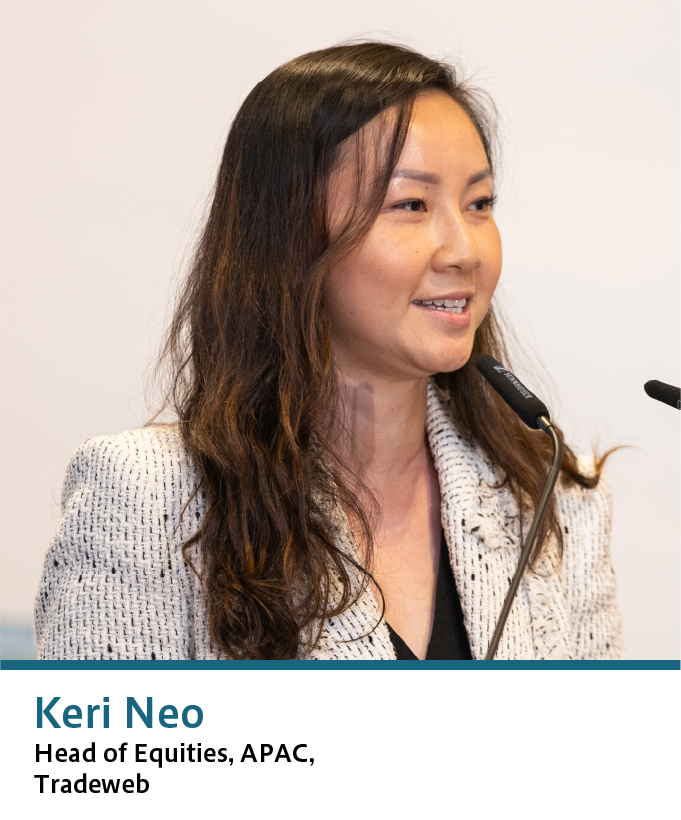
Tradeweb, a leading multi-asset electronic trading platform, and JPX’s CONNEQTOR, an ETF RFQ system, have launched a direct link to enhance value for clients, explained Keri Neo, Tradeweb’s Head of Equity for APAC.
The collaboration combines the strengths of both the systems, delivering a more efficient and versatile trading experience.
“So with this linkage, clients can send Japan ETF RFQs to CONNEQTOR via the Tradeweb interface, and they can also ask bilateral counterparties for prices in competition at the same time, which adds value to our clients,” Neo says.
With this collaboration, Tradeweb clients can use their existing accounts without needing additional onboarding, preserving the straight-through processing benefits they currently enjoy. The linkage also supports advanced features like automation and time-release functions, ensuring clients continue to benefit from cutting-edge trading tools.
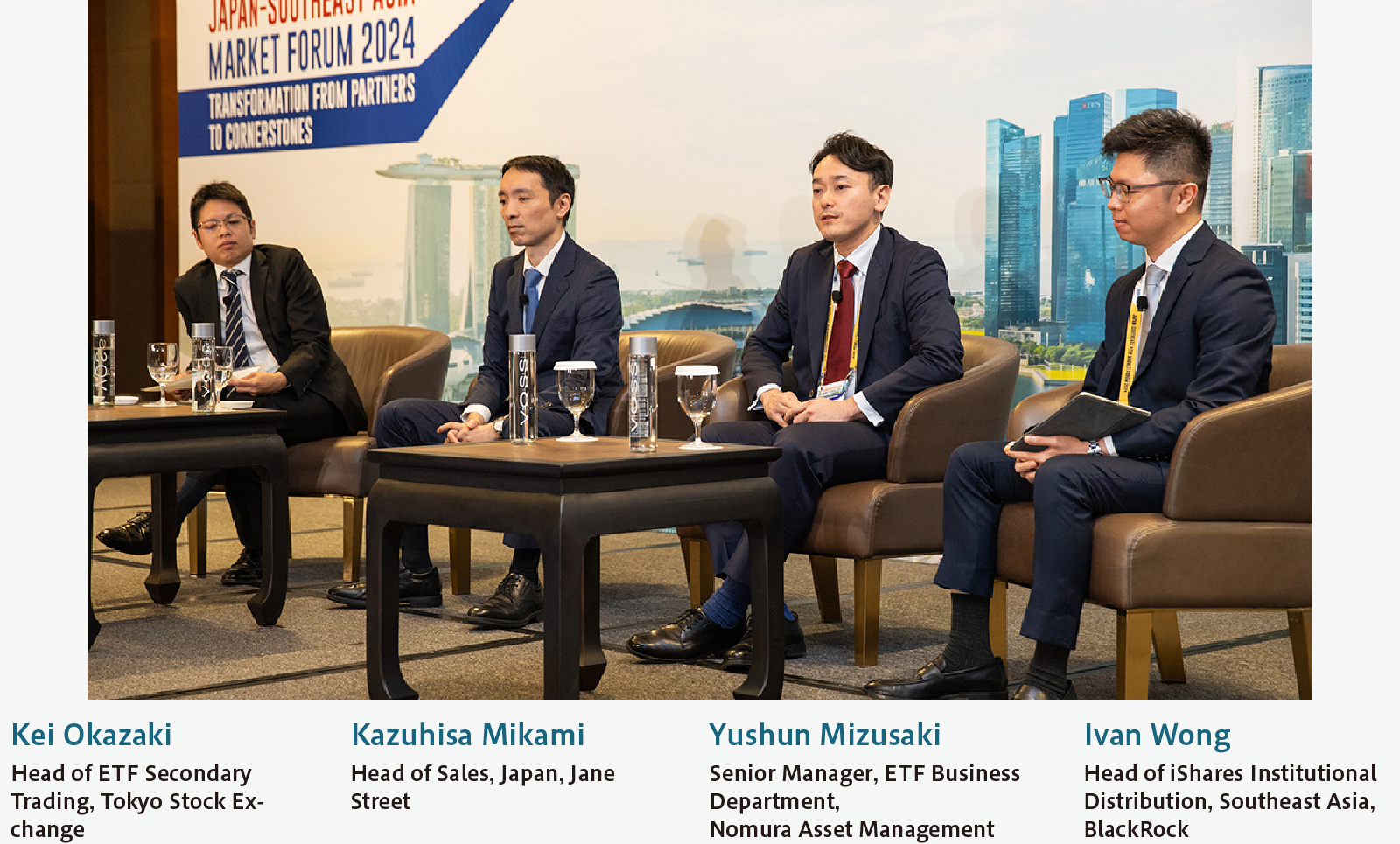
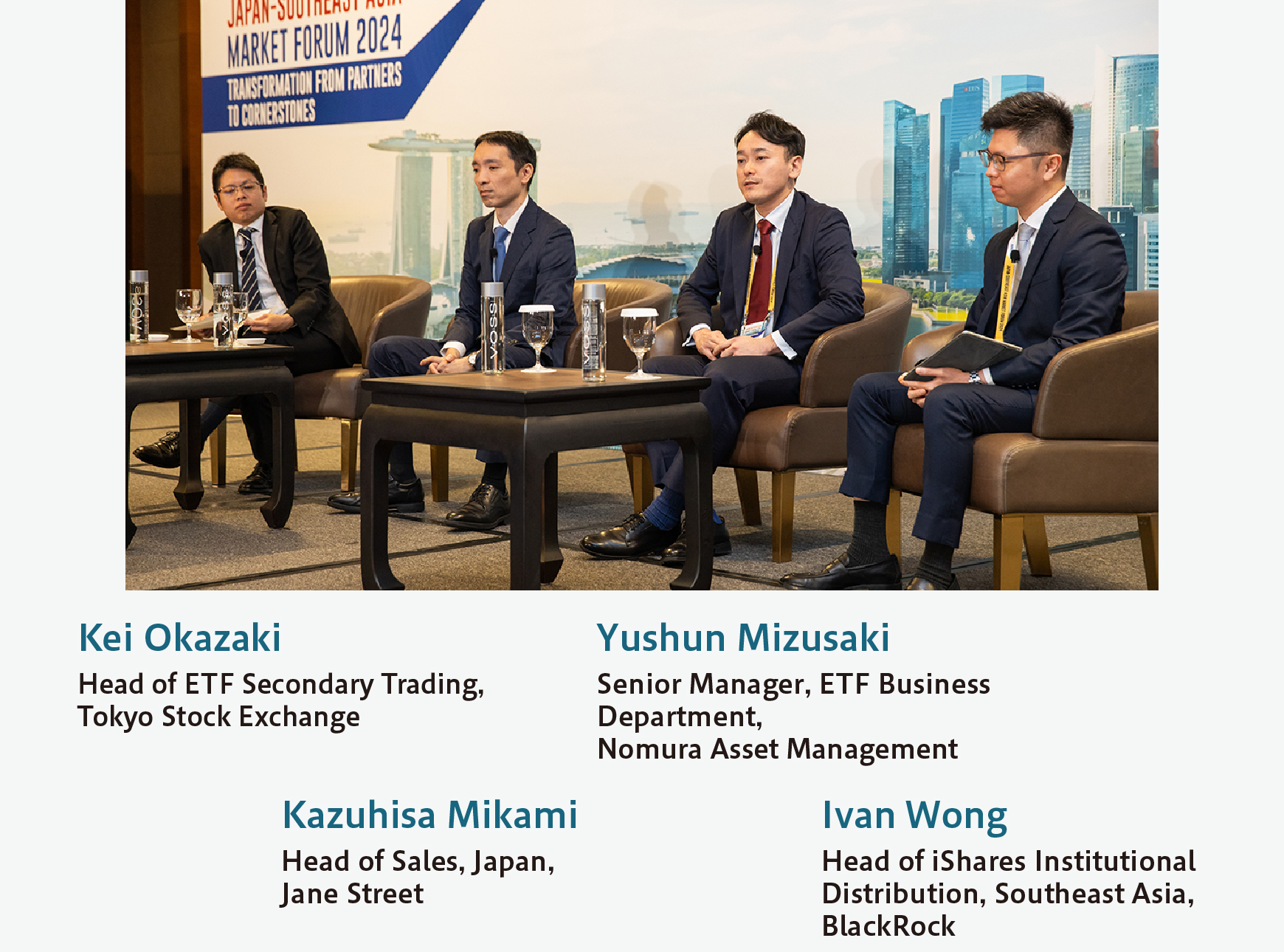

Japan’s ETF market has grown in leaps and bounds in just five years, according to Kazuhisa Mikami of Jane Street.
As one of the three panelists in a discussion about innovations in Japan’s ETF market, Mikami said one of the catalysts for Japan’s ETF boom was the 2021 launch of CONNEQTOR, a digital platform developed by the TSE to enable investors to trade ETFs faster and in a more cost efficient way.
Earlier, the majority of Japan-listed ETFs were owned by the Bank of Japan, and 90% of the ETFs were traded by retail investors. However, following the rollout of CONNEQTOR, Japanese institutional investors began to swarm the market, which in turn also heightened its appeal to foreign investors.
“Because many Japanese institutional investors are coming into the market, more and more market makers are willing to provide liquidity to Japan-listed ETFs. Then, more and more players are coming into the market, including non-Japanese investors,” he said.
One of the foreign companies that has been active in the Japanese ETF market is global asset management group BlackRock, who is overweight on Japan equities, said Ivan Wong.
One of the trends Wong is seeing among foreign investors is that they are moving away from broad indices for their investments.
“Lately, we are seeing more investor interest in going more granular with their Japan exposures, taking sector and factor views,” he said. “There is growing global investor appetite, and many institutional investors we speak to are using our ETFs to manage their Japanese portfolio efficiently.”
Yushun Mizusaki of Nomura Asset Management added that there are good reasons why more overseas investors, especially those within the Asia region, prefer to invest in Japan-listed ETFs over U.S.-listed ETFs or ETFs listed on other bourses.
“It is the best solution for global investors in terms of lower management fees and bigger fund size. And especially for Singaporean investors, there is a smaller time difference between Japan and Singapore. It enables Singapore investors to invest in real-time in the Japanese market cheaper and faster,” he said.
